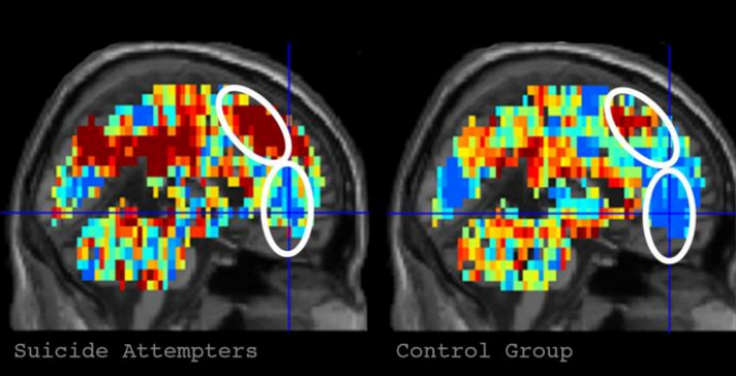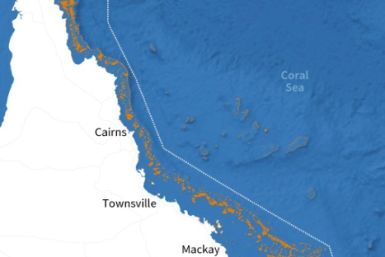Liberal Or Conservative? Brain Scans Can Reveal Your Political Ideology

Does a person's brain activity reveal whether they are a liberal or conservative? A study finds that there are biological and neurological roots to people's political affiliations.
The study, published in PNAS Nexus, was able to accurately identify what a person's political ideology was based on their brain scans.
"Can we understand political behavior by looking solely at the brain? The answer is a fairly resounding 'yes,'" said study co-author Skyler Cranmer, professor of political science at the Ohio State University.
In the experiment, scientists compared the brain region patterns of 174 subjects when they performed particular tasks. They were asked to perform eight activities while within an fMRI scanner. Artificial intelligence (AI) and the Ohio Supercomputer Center's resources were used to examine the scans.
The results showed a correlation between the brain scans and participants' ideologies. The individuals were ranked on a scale of one to six ranging from "very liberal" to "very conservative."
"None of the eight tasks was designed to elicit partisan responses," said study co-author Seo Eun Yang, assistant professor of political science at Northeastern University. "But we found the scans from all eight tasks were related to whether they identified as liberals or conservatives."
It was noticed that even when the participants did nothing in particular, their brain scans showed differences based on whether one was a liberal or a conservative.
Of the eight tasks that were assigned, three, in particular, had close links with the person's ideology. One of them was an empathy task, where participants were shown images of people expressing different emotions. The second task was related to episodic memory, and the third was a monetary reward task, where participants could win money based on how quickly they pushed a button.
However, the study was limited as it could not tell the direction of causality.
"What we don't know is whether that brain signature is there because of the ideology that people choose or whether people's ideology is caused by the signatures we found," Cranmer said. "It also could be a combination of both, but our study does not have the data to address this question."
The specific regions of the brain that were activated during the tasks include the amygdala, inferior frontal gyrus and hippocampus. These regions were most strongly associated with political underpinnings.

Photo: Carnegie Mellon University





